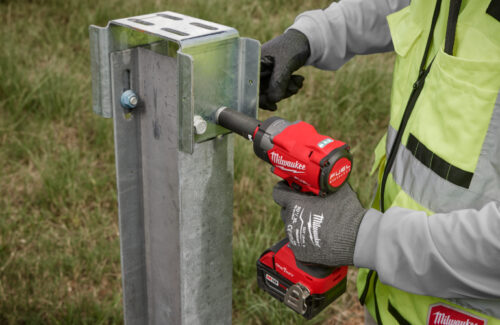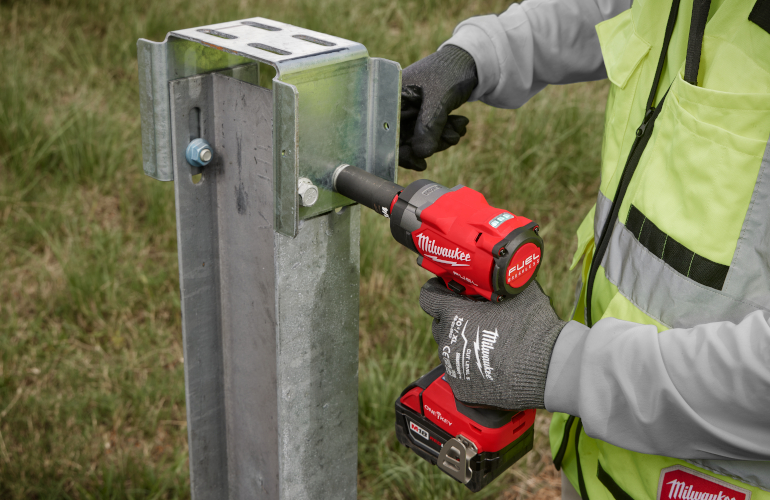During the stretching of a panel installation with large -scale solar projects, thousands and thousands of bolts must be attached to only torque level to ensure that the array stays together. Too tight and the bolts can damage the structural integrity of the long -term system. Too loose and things can be out of place. That is why the right turquing during installation is an important factor for successful operations and maintenance.

Credit: Milwaukee Tool
Mark Kelly, group manager of product marketing on Milwaukee -ToolHe said that he has seen audits of solar projects that show a wide distribution of coupling values, with some sites having more than 80% of the bolts at incorrect levels despite passing quality controls.
“Incorrect turquing is a common problem for solar projects,” said Kelly. “The traditional two-step method, where the bolt is first attached with an impact key and then manually torqued it with a click style key, is highly dependent on the operator technique. This can lead to poor repeatability of the torque and a considerable over-torquing.”
There are different tools and techniques that can yield consistency. Coupling sticks absorb extra effects when they reach a pre -set torque level. Some installers avoid the use of batteries in the field of batteries to prevent under the torquing due to low battery tensions. Even more technicians trust markers to absorb the tightness of a bolt to see if it moves over time.
However, all these suggestions are not 100% reliable. Milwaukee wants to improve this area for solar installers. The company’s M18 fuel effect key is available with Koppel-Sense, a sensor that helps with repeatable torque values.
“This tool offers repeatable coupling results and ensures consistent and reliable confirmation, which is crucial for the quality and safety of solar installations,” said Kelly.
It is not a physical add-on for the existing impact key as a coupling stick, because all brains are in the impact key itself. Instead of a two -step process, one tool yields the necessary torque value.

Credit: Milwaukee Tool
Milwaukee also offers one key technology, a platform that records each trigger-pull, record data such as target coupling levels and error reports. The recorded data help with the early identification of potential problems, which makes proactive maintenance possible and downtime is reduced.
Kelly said access to one-key data can be adjusted based on the needs of a project, but usually individual installers, EPCs and asset managers can see the coupling numbers.
“EPCs have access to data to ensure that the torque control settings are used and to manage tool use on multiple projects. Project managers can follow the performance and maintenance schedules of the tools to optimize the project efficiency,” he said. “Quality assurance teams can use the data to check whether installations meet the required standards and to generate audit purposes for audit purposes. Individual tool owners can adjust settings, follow the Toollocation and monitor the use to prevent loss and to guarantee proper maintenance.”
The use of automated tools such as this takes away part of the Giswerk around the required maintenance of the thousands of bolts of a solar project. Everything still needs to be checked correctly during the lifetime of a system, but project owners know in any case that the bolts were paid correctly for the first time.
“Ensuring an accurate and repeatable coupling application is crucial for the safety, reliability and lifespan of solar projects,” said Kelly.

